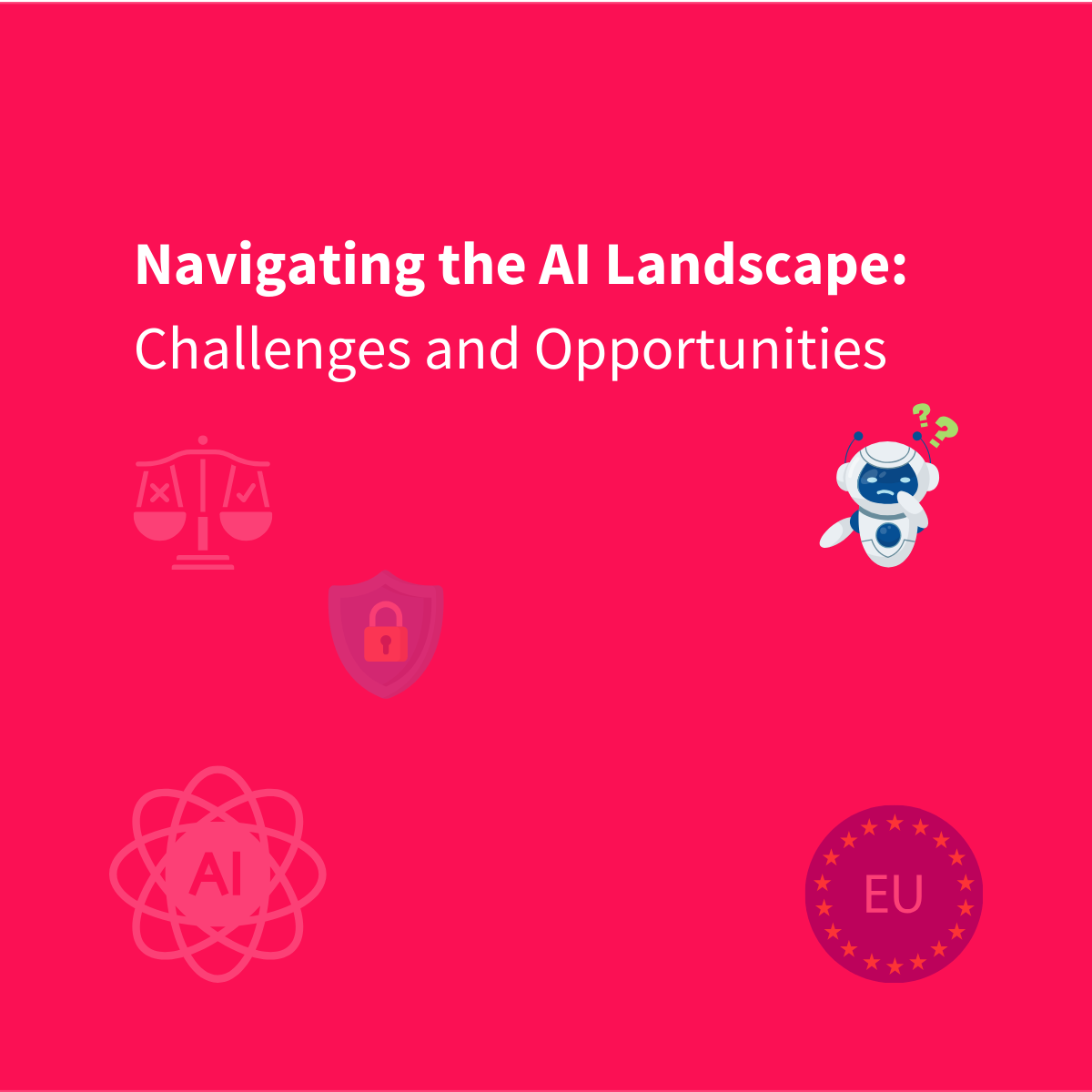Navigating the AI Landscape: Challenges and Opportunities
As we delve into 2025, the AI landscape stands at a pivotal juncture. The rapid advancements in AI technologies have ushered in transformative possibilities across industries. However, these developments are accompanied by a spectrum of challenges that software houses must adeptly navigate to harness AI’s full potential responsibly and effectively.
1. Escalating Infrastructure Demands
The proliferation of AI applications has led to an unprecedented surge in computational requirements. Training sophisticated models necessitates substantial energy consumption, prompting concerns about environmental sustainability. Notably, from 2019 to 2024, Google’s greenhouse gas emissions escalated by 50%, a trend largely attributed to the energy demands of AI operations.
Strategic Response: Software houses are compelled to innovate in energy-efficient algorithms and invest in sustainable infrastructure. Collaborations with green energy providers and optimizing code to reduce computational load are becoming industry imperatives.
2. Intensifying Market Competition
The AI landscape is witnessing fierce competition, with tech giants like Google, OpenAI, Microsoft, and emerging players such as China’s DeepSeek vying for market dominance. DeepSeek’s introduction of cost-effective, partially open-source models has disrupted traditional business models, leading to aggressive price wars and challenging the sustainability of high-cost AI solutions.
Strategic Response: To remain competitive, software houses must focus on innovation, offering unique value propositions, and exploring niche markets. Embracing open-source collaborations can also foster community-driven advancements and reduce development costs.
Explore our AI Solutions Case Study

3. Ethical and Safety Considerations
The accelerated development of AI technologies has outpaced the establishment of comprehensive ethical guidelines and safety standards. Incidents involving AI-generated deepfakes and biases in AI decision-making systems have raised public and regulatory concerns.
Strategic Response: Implementing robust ethical frameworks and bias mitigation strategies is paramount. Software houses should prioritize transparency, conduct regular audits of AI systems, and engage with policymakers to shape regulations that balance innovation with societal welfare.
4. Talent Acquisition and Skill Gaps
The demand for AI expertise has surged, leading to a competitive talent landscape. Traditional software development roles are evolving, requiring proficiency in AI and machine learning. This shift has created skill gaps, particularly in integrating AI seamlessly into existing systems.
Strategic Response: Investing in continuous learning and development programs is essential. Software houses can cultivate talent by offering training in AI competencies, fostering a culture of innovation, and collaborating with academic institutions to bridge the skill gap.
5. Data Privacy and Security Challenges
AI systems thrive on data, but the collection and utilization of vast datasets have sparked concerns over privacy and security. High-profile incidents of data breaches and unauthorized use of personal information have eroded public trust.
Strategic Response: Adopting privacy-by-design principles ensures that data protection is integral to AI system development. Implementing robust encryption, anonymization techniques, and obtaining explicit user consent are critical steps in safeguarding data integrity.
6. Integration Complexities
Incorporating AI into existing software ecosystems presents technical challenges, including compatibility issues and the need for significant architectural overhauls. Ensuring that AI components align with legacy systems without disrupting operations requires meticulous planning.
Strategic Response: Employing modular design principles allows for scalable and flexible integration of AI functionalities. Engaging in thorough testing and adopting iterative development approaches can mitigate integration risks.
7. Regulatory Compliance
As governments worldwide grapple with the implications of AI, a wave of regulations is emerging to govern its development and deployment. Navigating this evolving regulatory landscape demands vigilance and adaptability from software houses.
Strategic Response: Proactive engagement with regulatory bodies and staying abreast of legislative developments are crucial. Incorporating compliance checks into the development lifecycle can preempt legal challenges and align AI products with regional and international standards.
Conclusion
The trajectory of AI in 2025 is marked by a confluence of opportunities and challenges. For software houses, the imperative lies in adopting a holistic approach that encompasses technological innovation, ethical responsibility, and strategic agility. By addressing these multifaceted challenges head-on, the software industry can harness the transformative power of AI to drive sustainable growth and societal advancement.


